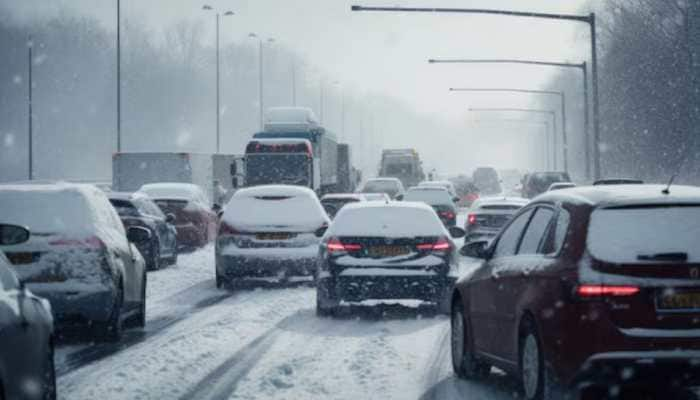Iraq routed IS from Ramadi at a high cost: A city destroyed
This is what victory looks like in the Iraqi city of Ramadi: In the once thriving Haji Ziad Square, not a single structure still stands. Turning in every direction yields a picture of devastation.
Trending Photos
)
Ramadi: This is what victory looks like in the Iraqi city of Ramadi: In the once thriving Haji Ziad Square, not a single structure still stands. Turning in every direction yields a picture of devastation.
A building that housed a pool hall and ice cream shops reduced to rubble. A row of money changers and motorcycle repair garages obliterated, a giant bomb crater in its place.
The square's Haji Ziad Restaurant, beloved for years by Ramadi residents for its grilled meats flattened. The restaurant was so popular its owner built a larger, fancier branch across the street three years ago. That, too, is now a pile of concrete and twisted iron rods.
The destruction extends to nearly every part of Ramadi, once home to 1 million people and now virtually empty. A giant highway cloverleaf at the main entrance to the city is partially toppled.
Apartment block after apartment block has been crushed. Along a residential street, the walls of homes have been shredded away, exposing furniture and bedding. Graffiti on the few homes still standing warn of explosives inside.
When Iraqi government forces backed by US led warplanes wrested this city from Islamic State militants after eight months of IS control, it was heralded as a major victory.
But the cost of winning Ramadi has been the city itself. The scope of the damage is beyond any of the other Iraqi cities recaptured so far from the jihadi group.
Photographs provided to The Associated Press by satellite imagery and analytics company DigitalGlobe show more than 3,000 buildings and nearly 400 roads and bridges were damaged or destroyed between May 2015, when Ramadi fell to IS, and Jan 22, after most of the fighting had ended.
Over roughly the same period, nearly 800 civilians were killed in clashes, airstrikes and executions.
Now the few signs of life are the soldiers manning checkpoints, newly painted and decorated with brightly colored plastic flowers.
Vehicles pick their way around craters blocking roads as the dust from thousands of crushed buildings drifts over the landscape. Along one street, the only sign that houses ever existed there is a line of garden gates and clusters of fruit trees.
The wreckage was caused by IS-laid explosives and hundreds of airstrikes by the Iraqi military and the US led coalition.
Stay informed on all the latest news, real-time breaking news updates, and follow all the important headlines in india news and world News on Zee News.
Live Tv







)
)
)
)
)
)
)
)
)
)
